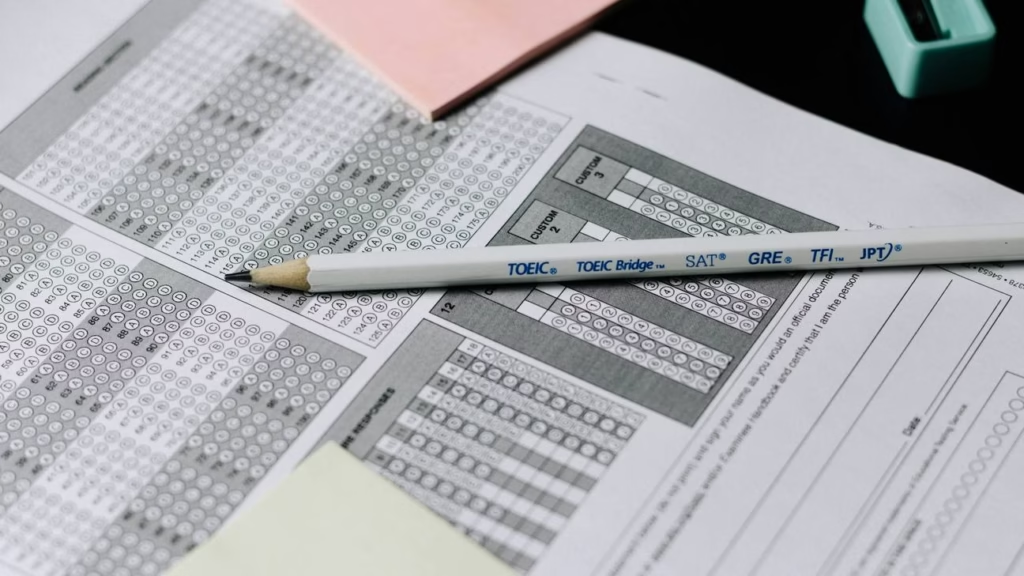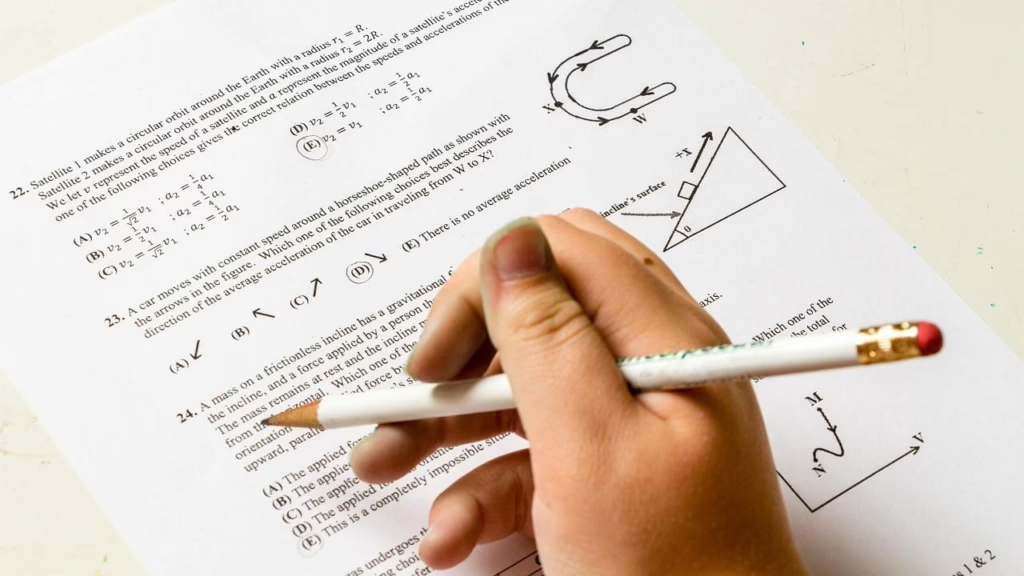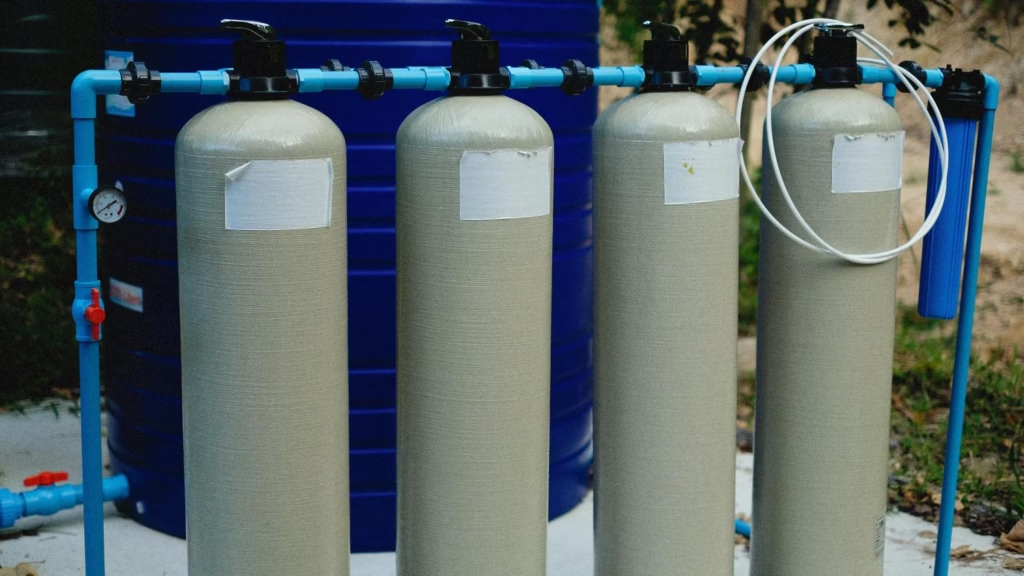Discover the most common mistakes in China’s work permit point calculation system. Learn how to avoid errors, maximize your score, and secure your work visa in 2026.
Table of Contents
Key Takeaways
- China uses a points-based system for work permits.
- Many people make mistakes with their qualifications, salary details, and language skills.
- New 2024–2025 rules link your work permit with your social security records.
- Small errors can decide if you get a Category A (high-level talent) permit or a rejection.
- This guide gives you real strategies and examples to help you succeed in 2026.
Check out this helpful calculator.
Introduction: Why Your Work Permit Points Really Matter
China’s work permit system is now one of the most organized in the world. In 2023, China issued over 384,000 valid work permits. The number of foreign professionals has grown by 12% since 2021. The country is clearly looking for global talent.
But getting approved isn’t just about having a job offer. You need to score enough points under the official system. Applicants fall into three groups:
- Category A (High-Level Talent): 85+ points
- Category B (Professional Talent): 60–84 points
- Category C (Entry-Level/Short-Term Talent): Under 60 points
Just one point can decide your future. Many applicants lose points for simple, avoidable reasons.
This article shows you the most common mistakes people make with their work permit point calculation. Learn how to avoid them for your 2026 application.
How the Work Permit Point System Works
Let’s quickly review the main scoring areas:
| Criteria | Points Range | Notes (2024–2025 Updates) |
|---|---|---|
| Education | 10–20 | PhD = 20, Master’s = 15, Bachelor’s = 10 |
| Work Experience | 5–15 | More years = more points |
| Salary in China | 0–20 | Higher pay = more points; rules updated in 2024 |
| Age | 0–15 | Best scores for ages 26–45 |
| Chinese Language Skill | 0–10 | HSK 5–6 = top points |
| Work Location | 0–10 | Extra points for less-developed regions |
| Achievements | 0–10 | For patents, publications, or awards |
| Other Factors | 0–10 | Employer reputation, special talent needs |
Top 10 Mistakes in Work Permit Point Calculation
1. Getting Your Education Details Wrong
- The Mistake: Claiming points for a degree China doesn’t recognize.
- Why It Matters: Since 2024, officials check foreign degrees with the Chinese Service Center for Scholarly Exchange (CSCSE).
- Real Example: Someone with an online MBA from an unaccredited school lost 10 points.
How to Avoid It:
- Check that your degree is recognized by the CSCSE before you apply.
- Get your documents notarized and translated.
Using a good china work visa points calculator can help you start right.
2. Overcounting Your Salary Points
- The Mistake: Using your total salary instead of your taxable pay.
- Why It Matters: The 2025 rules check your salary through social security and tax records, not just your contract.
- Real Example: An engineer claimed 20 points for a ¥30,000/month salary. Tax records showed a lower income, so he got only 15 points.
How to Avoid It:
- Make sure your contract salary matches your tax filings.
- Confirm your employer pays social security for you.
Understanding these china visa rules is key to your salary points.
3. Skipping Chinese Language Skills
- The Mistake: Thinking language skills don’t help.
- Why It Matters: An HSK certificate can give you up to 10 extra points. This often moves you from Category C to B.
- Real Example: A teacher with 58 points reached 68 points by showing an HSK 4 certificate.
How to Avoid It:
- Take the HSK exam at least six months before you apply.
- Even HSK 3 can give you a helpful points boost.
4. Misunderstanding Age Points
- The Mistake: Thinking everyone under 60 gets the top score.
- Why It Matters: The system gives the most points (15) to people aged 26–45. If you are 46–55, you get fewer points.
- Real Example: A 52-year-old expected 15 points but only received 10.
How to Avoid It:
- Know the exact age brackets for scoring.
- If you’re older, try to score higher in other areas, like salary or achievements.
5. Missing Out on Regional Bonuses
- The Mistake: Only applying in big cities like Beijing or Shanghai.
- Why It Matters: Some less-developed areas offer up to 10 extra points to bring in talent.
- Real Example: An applicant with 59 points in Shanghai got 69 points by moving to Chengdu.
How to Avoid It:
- Look at jobs in growing cities like Chengdu, Chongqing, or Xi’an.
A china work visa calculator can show you how location affects your score.
6. Miscalculating Work Experience
- The Mistake: Counting internships or part-time jobs as full-time work.
- Why It Matters: Only full-time work after graduation counts.
- Real Example: A person claimed 12 years of experience but was only given credit for 8 years.
How to Avoid It:
- Get reference letters that clearly state your job title, dates, and duties.
7. Having Inconsistent Documents
- The Mistake: Papers with different names, dates, or translations.
- Why It Matters: Small mismatches can cause big delays or rejections.
- Real Example: A different middle name on a passport and degree certificate caused a 3-month delay.
How to Avoid It:
- Check all translations carefully.
- Use the exact same name spelling on every document.
Knowing the visa china requirements for documents saves time.
8. Forgetting Your Achievements
- The Mistake: Not claiming points for patents, published papers, or awards.
- Why It Matters: These can give you up to 10 bonus points.
- Real Example: A researcher didn’t report a published paper. This cost them 5 points, keeping them from Category A.
How to Avoid It:
- Make a list of all your achievements.
- Get supporting documents translated and notarized.
9. Not Checking Your Employer
- The Mistake: Assuming any company can sponsor your visa.
- Why It Matters: Only employers licensed with the Ministry of Human Resources can sponsor you.
- Real Example: An applicant was rejected because their startup employer wasn’t properly registered.
How to Avoid It:
- Confirm your employer can sponsor a work permit before you sign anything.
10. Using Outdated Information
- The Mistake: Relying on old point calculators or guides.
- Why It Matters: The 2024–2025 updates connect work permits with social security. The rules are stricter now.
- Real Example: People using 2022 calculators got the salary points wrong.
How to Avoid It:
- Always look for the latest official updates.
- Use new government apps or WeChat tools as a china visa points calculator.
A china visa days calculator can also help you plan your timeline.
What the Data Shows (2024–2025)
- Top reasons for rejection in 2024:
- 32% had unverified degrees.
- 27% misreported their salary.
- 18% had inconsistent documents.
- Approval trends in 2025:
- More Category A approvals (up 14%), especially in STEM fields.
- Category B is still the biggest group (62% of all permits).
- Fewer Category C approvals as China focuses on higher-skilled talent.
Easy Tips to Boost Your Score
- Start your prep 6–12 months early.
- Take the HSK exam soon.
- Make sure your contract salary and tax filings match.
- Think about working in a city that offers bonus points.
- Keep a document checklist to avoid errors.
Follow these china visa rules to make your application smooth.
Conclusion: Make Your Points Count
The work permit point system is more than just rules. It’s your guide to working in China. By avoiding common mistakes, you can turn challenges into chances.
Keep in mind:
- Every point is important.
- Every document must be correct.
- Policy changes can affect your chances.
Final Tip: Don’t just add up your points. Plan for them. With the right prep, you can secure your work future in China for 2026 and beyond.

























